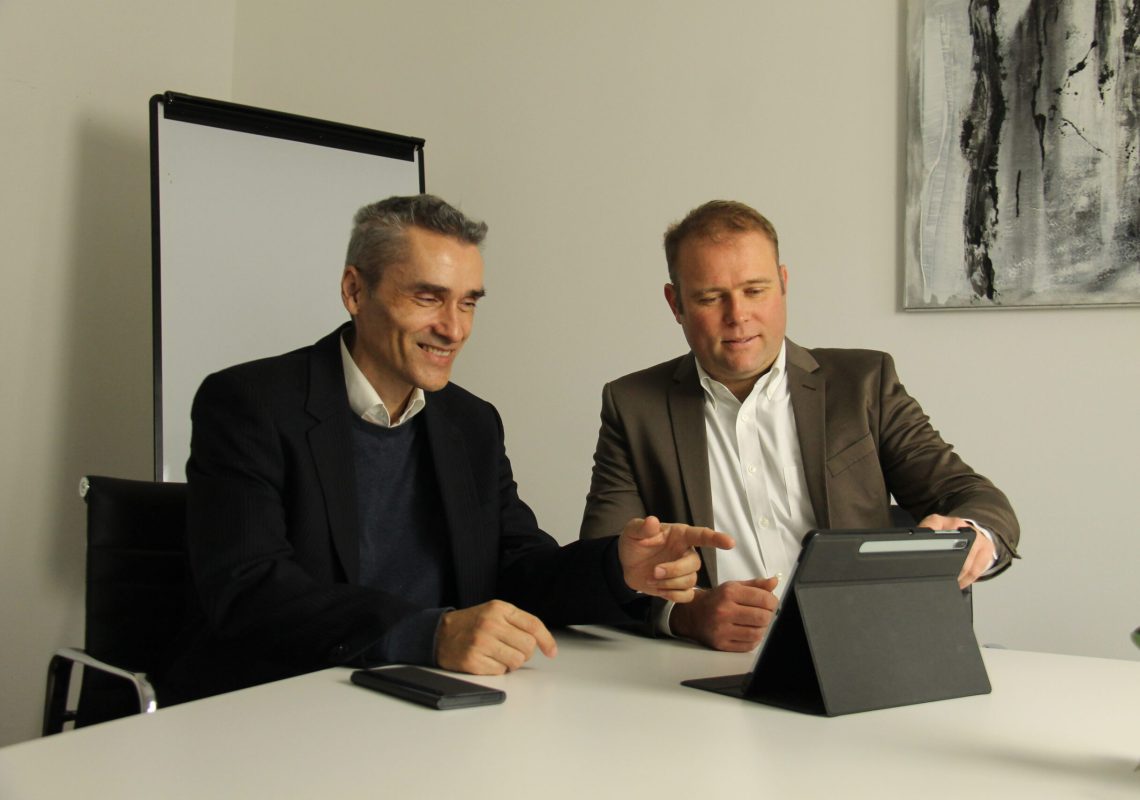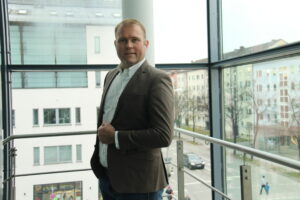In the realm of software development, the synergy between client involvement, agile methodologies, fixed pricing structures, and SAP interface design is pivotal for enhancing user experience (UX) and project success. This collaborative approach not only ensures client satisfaction but also fosters innovation and adaptability throughout the development journey.
Agile software development, known for its iterative nature and adaptive planning, has revolutionized the industry by prioritizing customer collaboration and responsiveness to change. Engaging clients in the development process allows teams to glean valuable insights, validate assumptions, and align deliverables with business objectives. However, combining this approach with fixed pricing requires meticulous planning and transparent communication to ensure clarity on project scope and deliverables.
Balancing flexibility and accountability is a key challenge in agile development with fixed pricing. Clear communication channels, detailed project documentation, and regular progress updates are crucial for managing expectations and preventing scope creep. Moreover, creating a collaborative environment where clients actively participate in sprint planning, user story prioritization, and feedback sessions fosters alignment and a shared sense of ownership in project success.
Effective interface design is paramount in SAP environments to shape the user experience and drive user adoption. SAP systems are known for their complexity, making intuitive interface design essential to streamline workflows, reduce cognitive load, and enhance productivity. By incorporating user-centric design principles such as consistency, simplicity, and accessibility, SAP applications can be transformed into intuitive platforms that empower users and drive business value.
To achieve optimal results, here are some actionable tips and strategies for integrating client involvement in agile software development with fixed pricing while focusing on interface design within SAP environments:
- Define Clear Objectives: Establish project goals, user requirements, and success criteria upfront to guide decision-making and align expectations throughout the development process.
- Embrace Iterative Design: Adopt an iterative approach to interface design, incorporating user feedback and usability testing at each stage to refine and optimize the user experience continuously.
- Cultivate Collaboration: Foster a collaborative environment where clients, developers, and designers work closely together, leveraging their expertise to drive innovation and deliver solutions that meet functional and aesthetic requirements.
- Prioritize User-Centric Design: Place users at the forefront of the design process, empathizing with their needs and pain points to create interfaces that are intuitive, efficient, and enjoyable to use.
- Leverage SAP Best Practices: Familiarize yourself with SAP’s design guidelines and best practices, using pre-built UI components and design patterns to ensure consistency and alignment with SAP’s UX principles.
- Provide Training and Support: Offer comprehensive training and ongoing support to users, empowering them to leverage the full capabilities of the SAP system and fostering a culture of continuous learning and improvement.
By embracing collaborative approaches, integrating client involvement, agile methodologies, fixed pricing structures, and meticulous interface design within SAP environments, organizations can elevate the user experience, drive business value, and stand out in today’s competitive landscape. This holistic approach not only delivers tangible results but also fosters enduring partnerships built on trust, transparency, and shared success.




